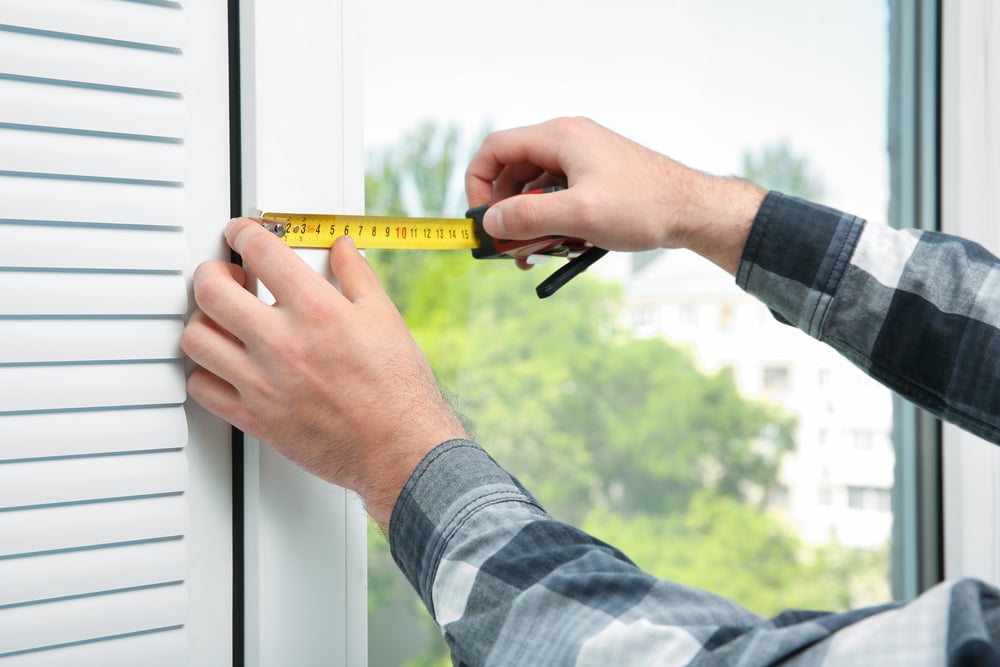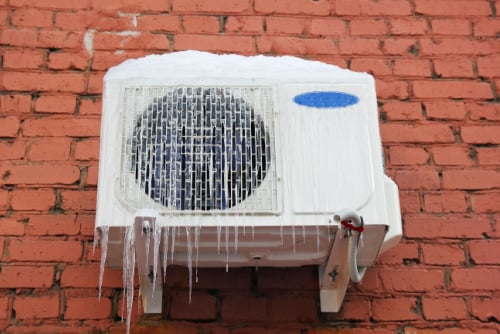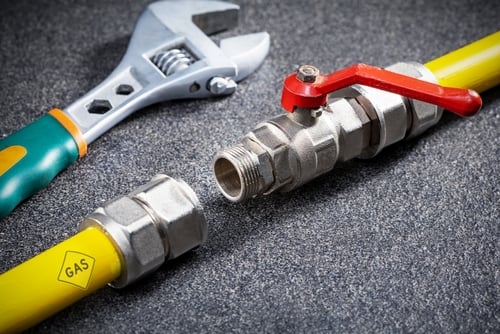Blinds and shades are not just functional window coverings. They also play a significant role in enhancing the aesthetics of your home. To ensure your blinds or shades fit, accurate measurements are essential.
In this comprehensive guide, we walk you through the process of measuring for blinds and shades, whether you're considering an inside or outside mount. Brett Labeka, one of our Frontdoor Experts, has put together his tips on measuring blinds and shades. With his 20 years of experience and certifications in HVAC and Home Inspection, you can count on these tips to ensure you are getting the best out of your measurements.
Gather the Necessary tools
Before you begin measuring your windows, you’ll want to have the right tools:
- Steel tape measure: This is more accurate than a cloth tape measure.
- Pencil and paper: To record your measurements.
- Step ladder: If your windows are high up and out of reach.
- Level: To ensure your blinds or shades hang straight.
Decide on Inside or Outside Mount
The first decision you need to make is whether you want an inside mount or an outside mount.
Inside Mount
This option is when your blinds or shades fit inside the window frame, providing a clean and streamlined look. Inside mounts work well when you want to showcase architectural features or trim around your windows.
Outside Mount
The blinds or shades are mounted outside the window frame covering a larger area. This is ideal when you want to block more light, need to cover an uneven window frame, or simply prefer a bold and dramatic look.
Measuring for Inside Mount Blinds and Shades
Measure the Width
- Start by measuring the width of the inside of your window frame at three different points: the top, middle, and bottom.
- Record the narrowest width measurement of the three. This ensures that your blinds or shades will fit comfortably within the frame.
Measure the Height
- Measure the height of your window frame from the top to the sill at three different points: the left side, center, and right side.
- Record the longest height measurement among the three. This ensures that your blinds or shades will cover the entire window opening.
Note Any Obstructions
Check for any obstructions like window cranks, handles, or locks that may interfere with the operation of your blinds or shades. Make sure to measure the distance from the obstruction to the nearest window frame edge.
Account for Mounting Depth
Inside mount blinds or shades require a certain amount of mounting depth within the window frame. Check the product specifications provided by the manufacturer to determine the required depth, and ensure your window frame can accommodate it.
Measuring for Outside Mount Blinds and Shades
Measure the Width
- Measure the width of the area you want to cover. For maximum light control and privacy, extend the measurements beyond the window frame on both sides by at least 2-3 inches.
- Record this total width as the width of your blinds or shades.
Measure the Height
- Measure the height of the area you want to cover from the top to the desired endpoint, whether it's above the window frame or all the way to the floor.
- Add extra inches to the height to ensure that the blinds or shades fully cover the window opening and provide ample privacy and light control.
Consider the Valance and Overlap
Keep in mind that outside mount blinds or shades typically come with a valance or headrail.
Measure the width of the valance or headrail and add it to the total width measurement.
Additionally, consider adding extra inches for overlap on each side of the window frame to minimize light gaps when the blinds or shades are closed.
Tips for Accurate Measurements
Now that you have the basic steps for measuring both inside and outside mount blinds and shades, here are some additional tips to ensure accuracy.
Double-Check Your Measurements: It's always a good idea to double-check your measurements to avoid costly mistakes. A small error can lead to ill-fitting blinds or shades.
Use Inches: When measuring, use inches rather than feet and fractions of an inch rather than decimals for precision. Most blinds and shades are sold in inches.
Measure Twice, Order Once: Before you place your order, measure the windows again to confirm the accuracy of your measurements. This step can save you time and money on returns and replacements.
Consider Inside Mount Clearances: Be mindful of any obstructions within the window frame, such as window locks, handles, or cranks. Make sure your chosen blinds or shades can clear these obstacles.
Check for Levelness: Use a level to ensure that your blinds or shades will hang straight. Uneven blinds can be both aesthetically displeasing and less effective at blocking light and providing privacy.
Consult the Manufacturer: If you're unsure about any aspect of measuring for blinds or shades, don't hesitate to contact the manufacturer or a professional for guidance. They can provide specific instructions and answer any questions you may have.
If you have any questions about blinds or shades installation, video chat with an Expert at Frontdoor today!
Was this article helpful?






